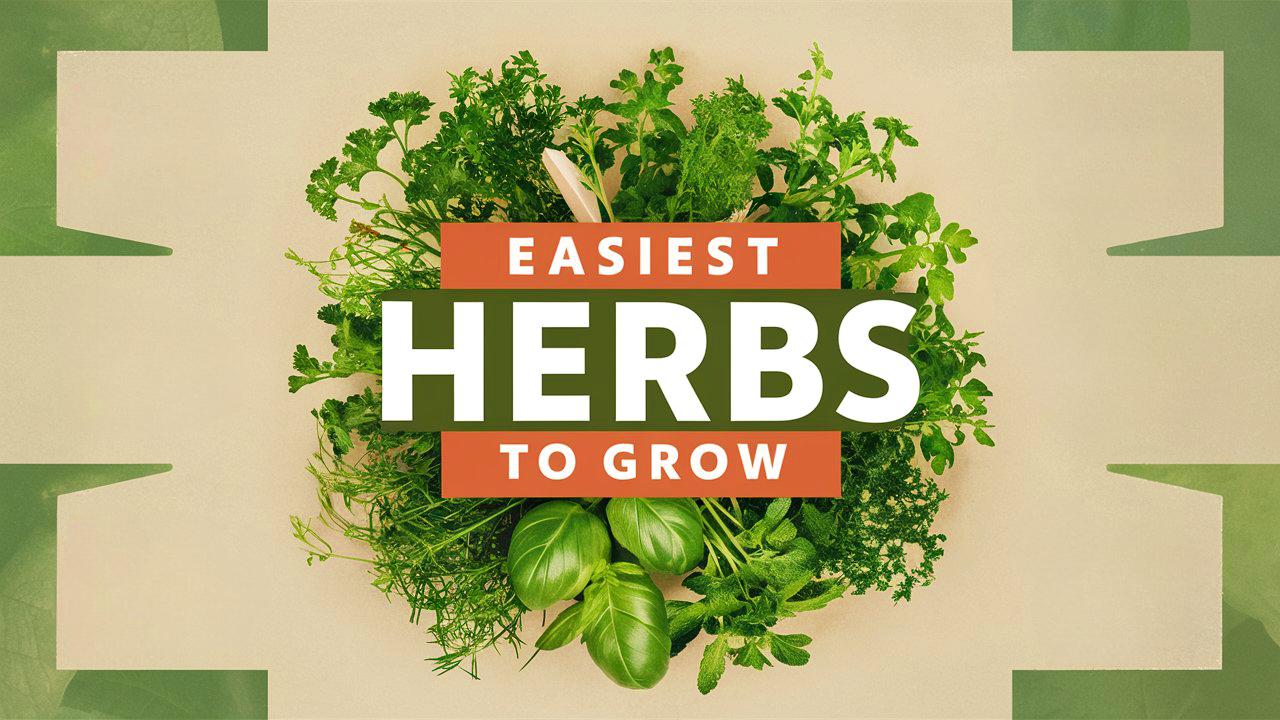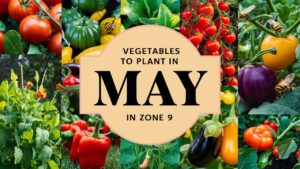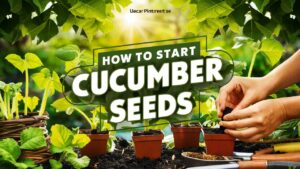Herbs are not only delightful additions to culinary creations, but they also enhance garden aesthetics and boost health with their aromatic properties. For beginners, starting a garden with herbs can be a rewarding experience, as many herbs are easy to cultivate with minimal effort and tools.
Below, we’ll take a comprehensive look at some of the easiest herbs to grow, each bringing its own unique flavors and fragrances to your garden.
Basil
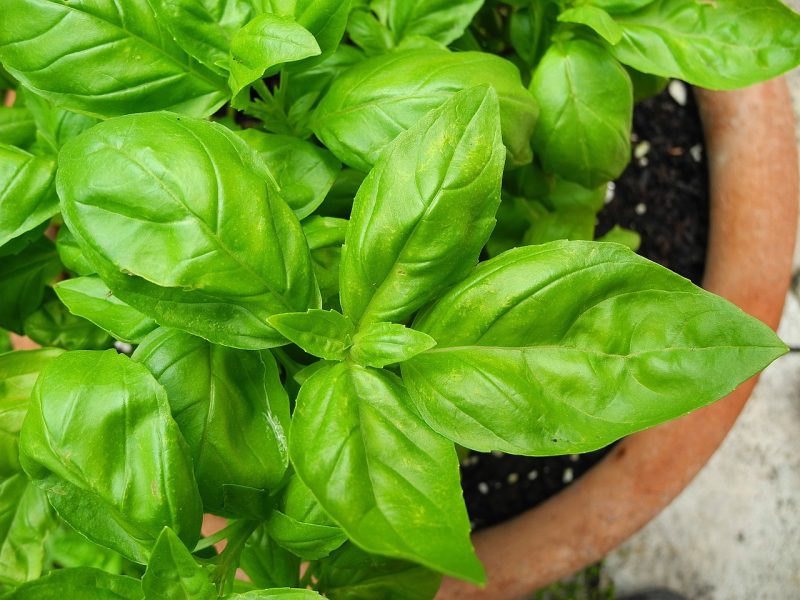
Basil, often hailed as a vital ingredient in Mediterranean cuisine, is one of the most approachable herbs for new gardeners. Thriving in warm weather, basil loves full sun and should ideally receive at least six to eight hours of sunlight daily. It prefers well-draining soil enriched with organic matter.
To cultivate basil, start with seeds or buy starter plants from a nursery. Plant them after the last frost has passed. When caring for basil, remember to water regularly, keeping the soil moist but not soggy. Additionally, pinch the tips of the plant regularly to encourage bushiness and prevent it from flowering early. Once harvested, basil can be used fresh in salads, pasta dishes, or even frozen in ice cube trays for later use.
Chives
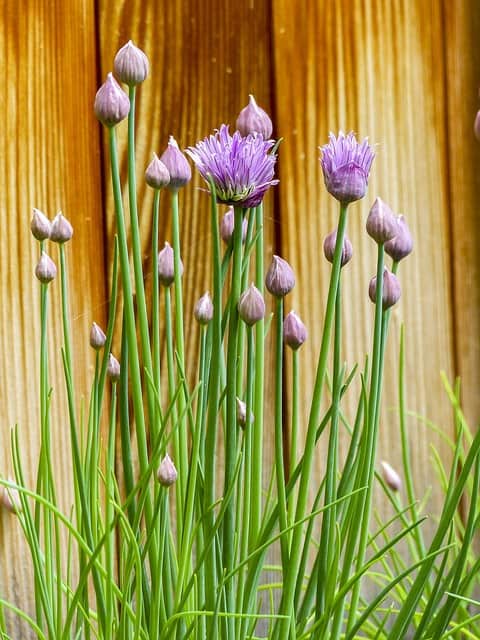
Chives are the quintessential herb for beginner gardeners due to their hardiness and ease of care. These perennial herbs flourish in various soil types, although they prefer well-drained soil and full sun to partial shade. They are known for their mild onion flavor, making them a fantastic garnish for many dishes.
To start chives, plant seeds directly in the ground or in pots; they grow best in clusters. Once planted, they require minimal attention. Water them enough to keep the soil damp, but avoid overwatering. They grow quickly and can be harvested in as little as four to six weeks. Chives are perfect for adding a sprinkle of freshness to soups, omelets, and salads.
Dill
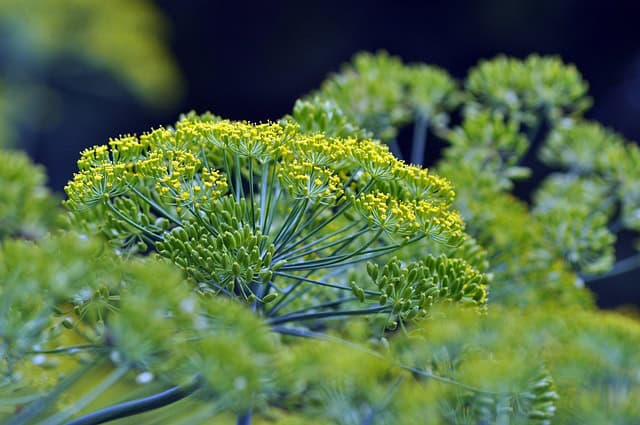
Dill is a fragrant herb often used to flavor pickles and seafood dishes. This annual herb is particularly easy to grow, thriving in bright sunlight and well-draining soil. It is known for its tall, feathery leaves and delicate yellow flowers.
Starting dill is simple; just scatter seeds in the garden or container after the last frost. Dill doesn’t require much maintenance—just water when the soil feels dry. It’s essential to thin the seedlings to ensure adequate space between them as they grow. Dill can be harvested within 6 to 8 weeks, and both the leaves and seeds can be used in cooking.
Garlic
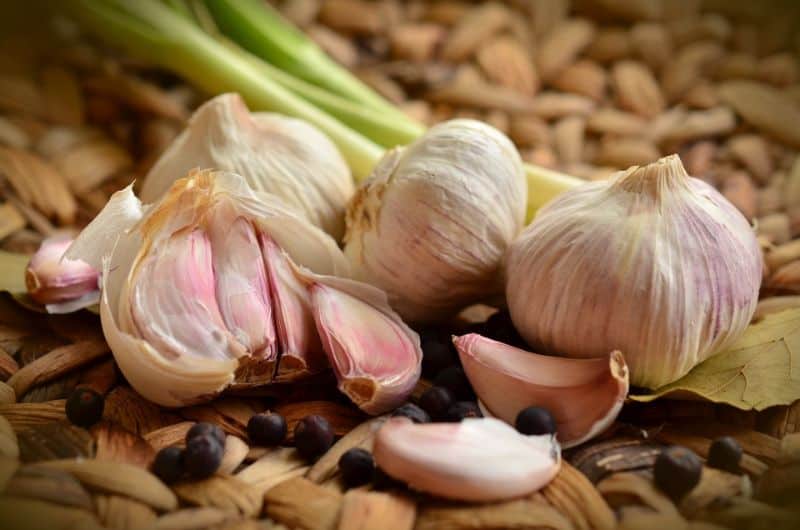
Garlic is an indispensable herb known for its pungent flavor and health benefits. It’s one of the most forgiving plants to grow and can be cultivated in most climates. Garlic prefers loamy, nutrient-rich soil with good drainage and ample sunshine.
To grow garlic, plant cloves about 2 inches deep in the fall or spring. Ensure you choose healthy cloves from a reputable source, as supermarket garlic may have been treated with chemicals to inhibit sprouting. Garlic needs consistent moisture during its growth period but do not overwater, especially as the bulbs approach harvest time. With proper care, you’ll be rewarded with large, flavorful bulbs ready to enhance your culinary adventures.
Lavender
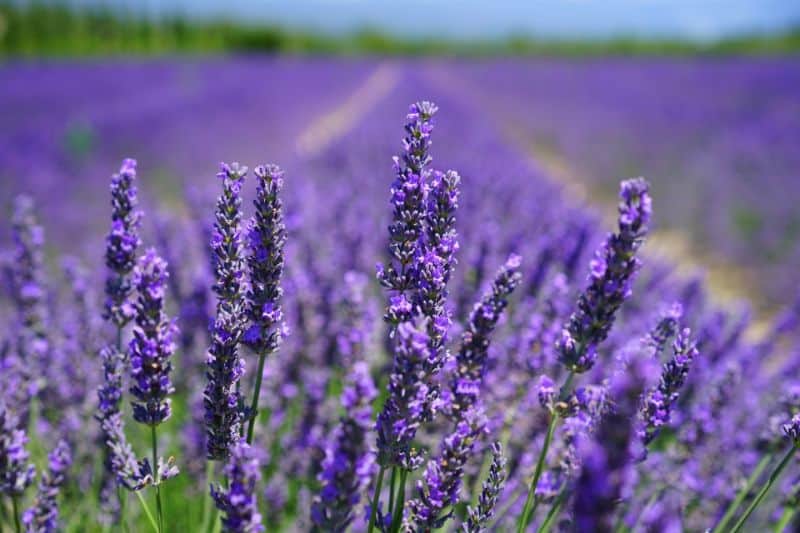
Lavender is a stunning herb that adds beauty, fragrance, and culinary charm to any garden. This perennial herb is drought-tolerant, making it a superb choice for beginners who may be hesitant about frequent watering. Lavender prefers full sun and well-drained, sandy soil, and is often grown in pots or as part of a border in gardens.
To grow lavender from seeds or cuttings, ensure they are planted in a sunny spot with good air circulation. Lavender should be watered sparingly—too much moisture can lead to root rot. With its beautiful purple flowers and calming scent, lavender can be used in teas, baking, or simply for ornamental purposes.
Mint
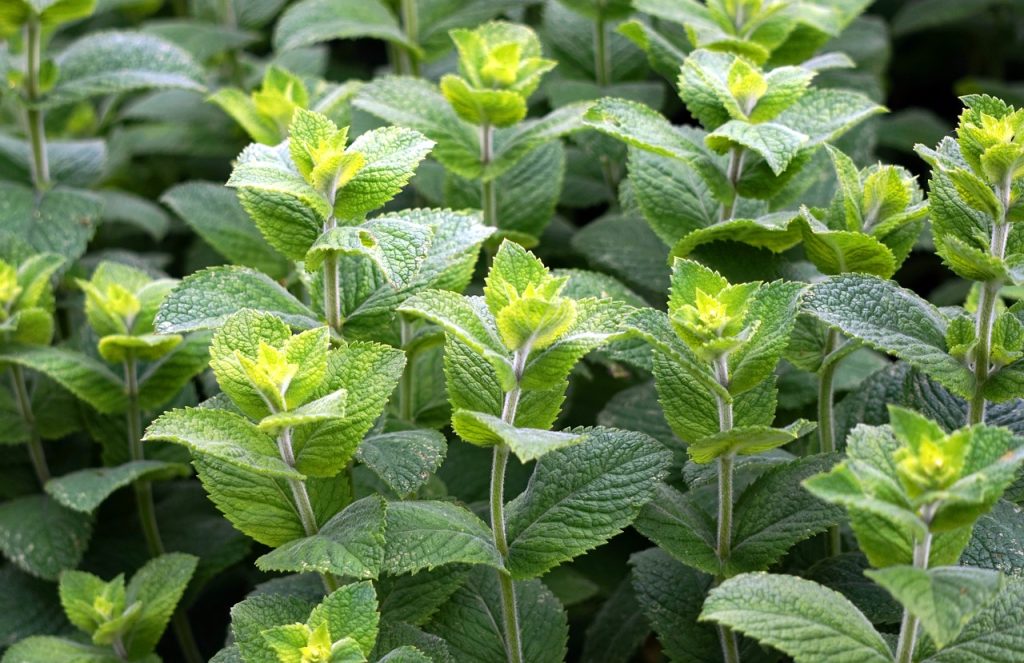
Mint is an incredibly versatile herb that thrives in various environments, making it an ideal choice for novice gardeners. It prefers partial shade and rich, moist soil but can adapt to different conditions. Be cautious when planting mint, as its aggressive growth can lead to it overpowering other plants.
Consider planting mint in pots to control its runaway nature. Whether you choose spearmint or peppermint, simply plant a cutting or seeds and keep the soil damp. Mint can be ready for harvesting in about 60 days, perfect for infusing water, crafting cocktails, or seasoning dishes.
Oregano
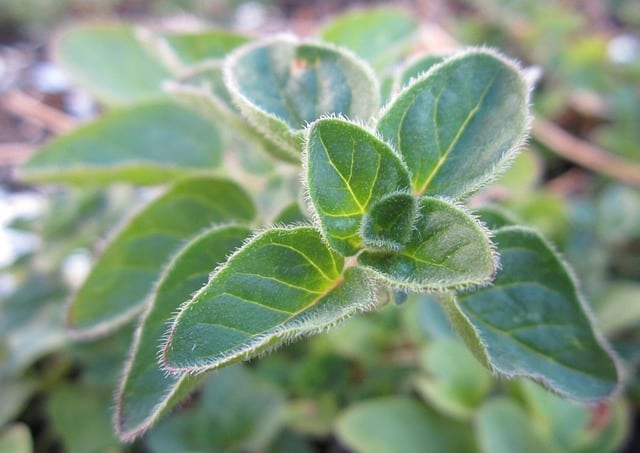
Oregano is a staple herb in Mediterranean cooking, known for its robust flavor. This perennial herb is relatively easy to grow, preferring full sun and well-drained soil. Oregano can be planted directly in the ground or in containers.
To start growing oregano, either sow seeds or purchase young plants. They require regular watering, but be cautious not to overwater, which can cause root rot. Harvest leaves when the plants are established, and enjoy them fresh or dried. Oregano can elevate dishes like pizza, pasta, and sauces, making it a valuable herb for any kitchen.
Parsley
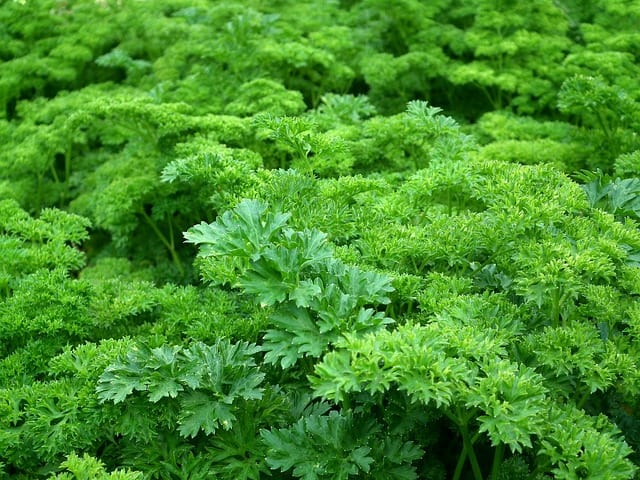
Parsley is a biennial herb frequently used as a garnish or flavor in numerous culinary traditions. It’s a fantastic choice for beginner gardeners due to its adaptability. Parsley prefers well-drained soil and can thrive in both full sunlight and partial shade.
To grow parsley, it’s best to soak the seeds for a few hours before planting, as this helps speed up germination. Plant the seeds in the spring and keep the soil consistently moist. It can take some time to germinate, but once sprouted, parsley is low maintenance and can be harvested in around two to three months. It’s great for adding freshness to salads, soups, and stews.
Rosemary
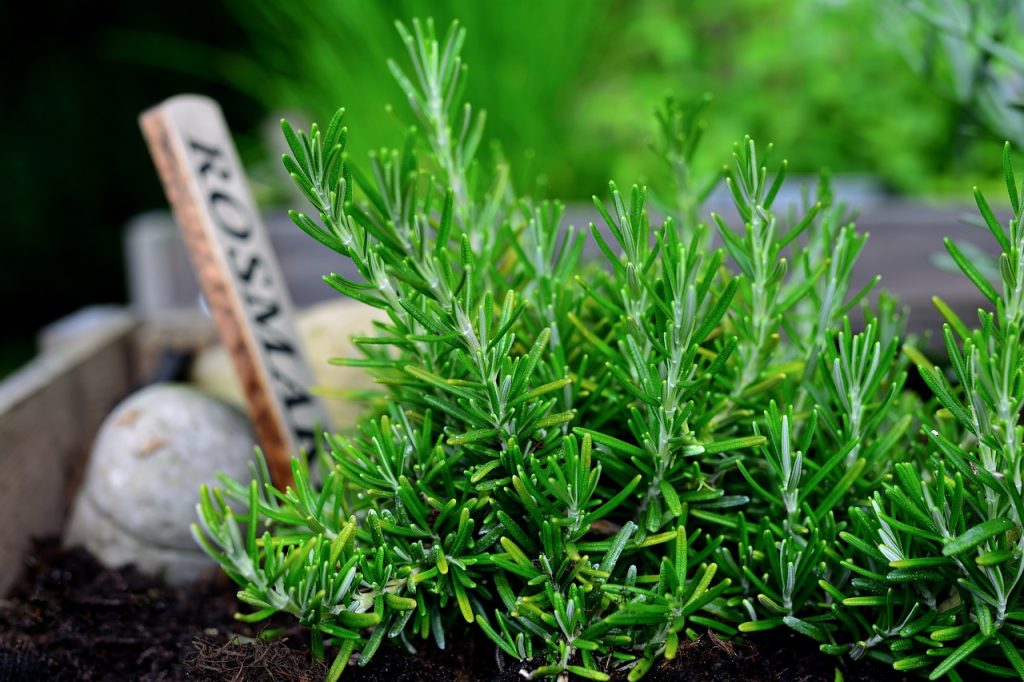
Rosemary is a fragrant herb known for its needle-like leaves and strong aroma. This perennial herb is not only hardy but can also thrive in poor soil conditions, making it an excellent choice for beginners. Rosemary enjoys full sun and requires well-draining soil, so avoid heavy muck.
To cultivate rosemary, it’s best to start with established cuttings or young plants from a nursery. Water the plant infrequently, allowing the soil to dry out between waterings. A little goes a long way with rosemary, as its distinct flavor enhances meats, breads, and Mediterranean dishes.
Sage
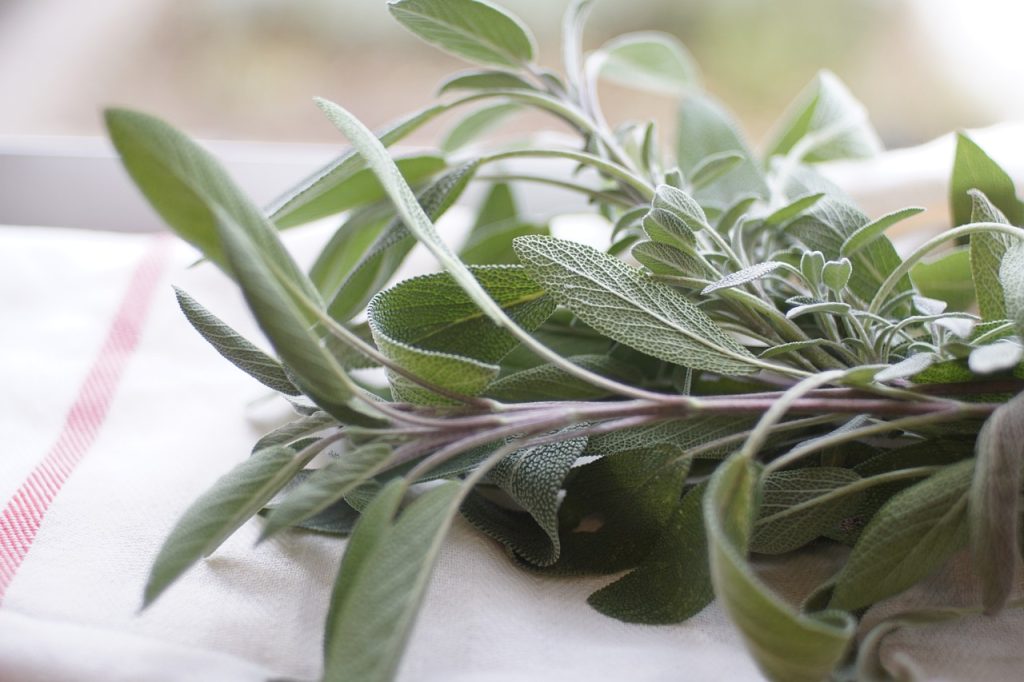
Sage is an easy-to-grow perennial herb valued for its aromatic leaves. This plant thrives in full sun and well-drained soil and can tolerate drought, making it ideal for less frequent garden visits.
Starting sage can be done through seeds or cuttings, and it grows best when planted in the spring. Once established, sage requires minimal watering. Its gray-green leaves add a robust flavor to meats, stuffing, and savory dishes while also making it a visually appealing plant in the garden.
Thyme
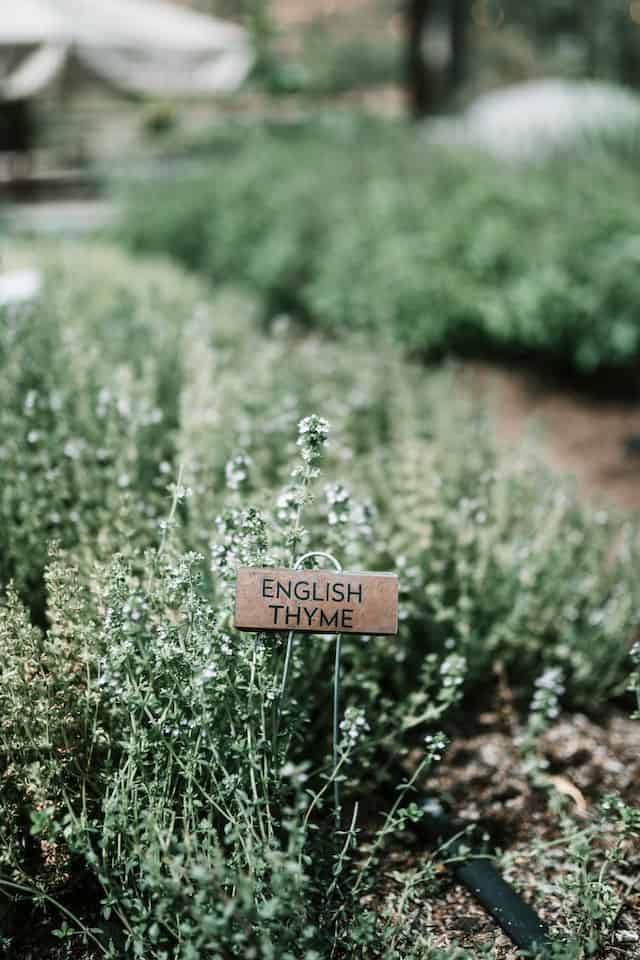
Thyme is a hardy herb that can withstand various growing conditions, making it perfect for beginner gardeners. This perennial plant prefers sunny locations and well-drained soil, making it suitable for pots or garden beds.
To grow thyme, you can start with seeds or purchase small plants. Once planted, thyme is low-maintenance; it requires little water and can withstand light drought. Harvesting can begin within a few weeks, allowing you to savor its flavor in soups, roasted vegetables, and meats. Thyme also attracts beneficial insects, making it a boon for the garden ecosystem.
Herb Growing Tips for Beginners
Starting your garden can seem daunting, especially when you’re new to the world of herb cultivation. However, by following a few straightforward tips, you can set yourself up for herb-growing success:
Choose the Right Location: Most herbs thrive in full sun, so scout a sunny spot in your yard or opt for pots that can be moved to ensure plenty of sunlight.
Quality Soil: Invest in good-quality potting soil or amend garden soil with organic compost. Herbs prefer well-drained soil rich in nutrients to promote healthy growth.
Potting Considerations: If you’re limited on space or gardening indoors, choose pots with drainage holes and consider using a saucer to catch excess water.
Watering Wisely: Herbs generally prefer slightly moist soil, but overwatering can lead to root rot. Stick your finger in the soil; if it feels dry an inch down, it’s time to water.
Mulch for Moisture: Applying a layer of mulch can help retain moisture in the soil and keep weeds at bay, allowing your herbs to thrive.
Pruning and Harvesting: Regularly pinch back or harvest your herbs to encourage bushier growth. Be mindful to leave some leaves on the plant for continued growth.
Check for Pests: While herbs attract beneficial insects, they can also attract pests. Regularly inspect your plants for signs of issues like aphids or spider mites, and treat accordingly with organic solutions if necessary.
Experiment with Growing Conditions: Herbs can thrive in a range of conditions. Should you find one herb doesn’t flourish, consider adjusting its location or moisture to see what works best.
Seasonal Planting: Depending on your climate zone, research the best seasons for planting each herb. Many herbs can be started in spring and harvested in summer, while others can be sown in late summer for fall harvest.
Embrace your herb-growing journey! With some patience and learning, you’ll find that tending to your herbs can be surprisingly rewarding. Enjoy the process, try new recipes, and relish in the fresh flavors your garden provides.


